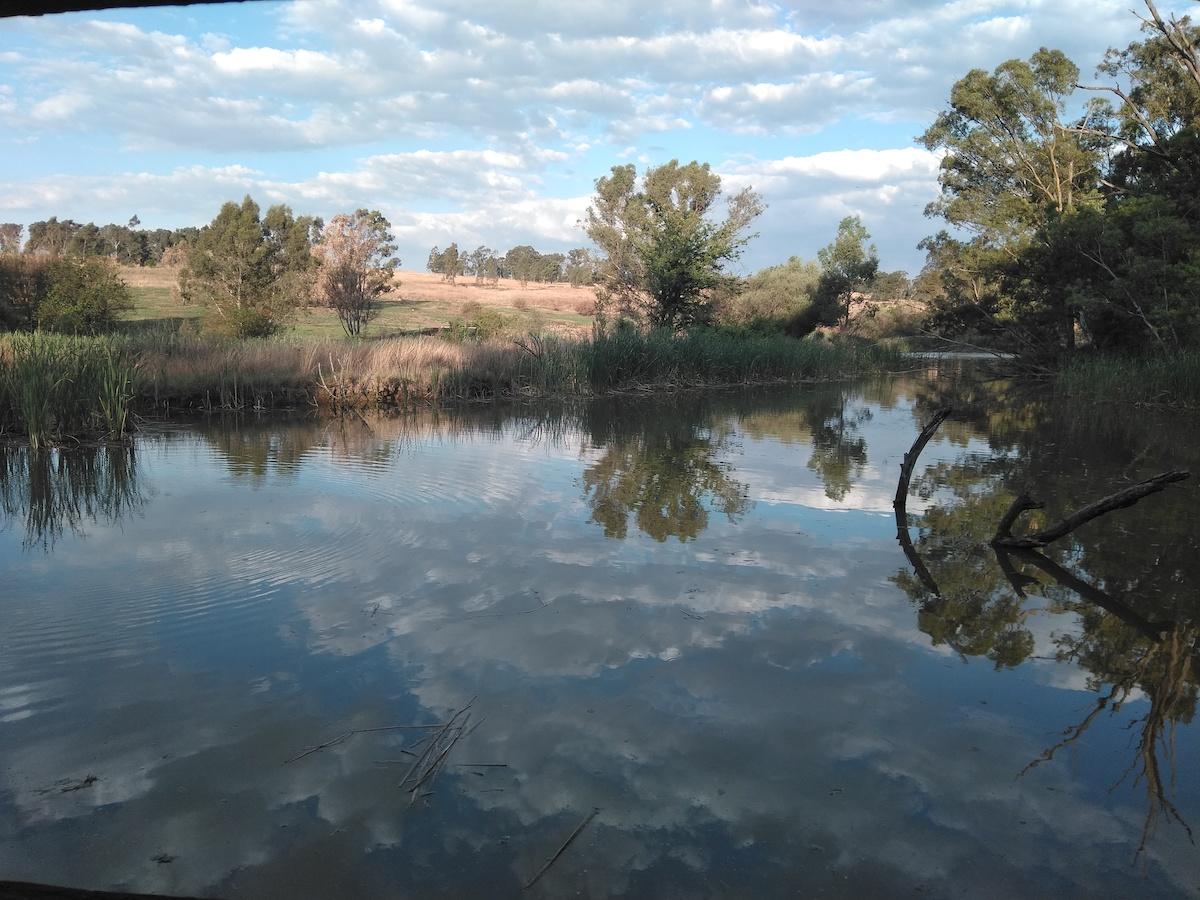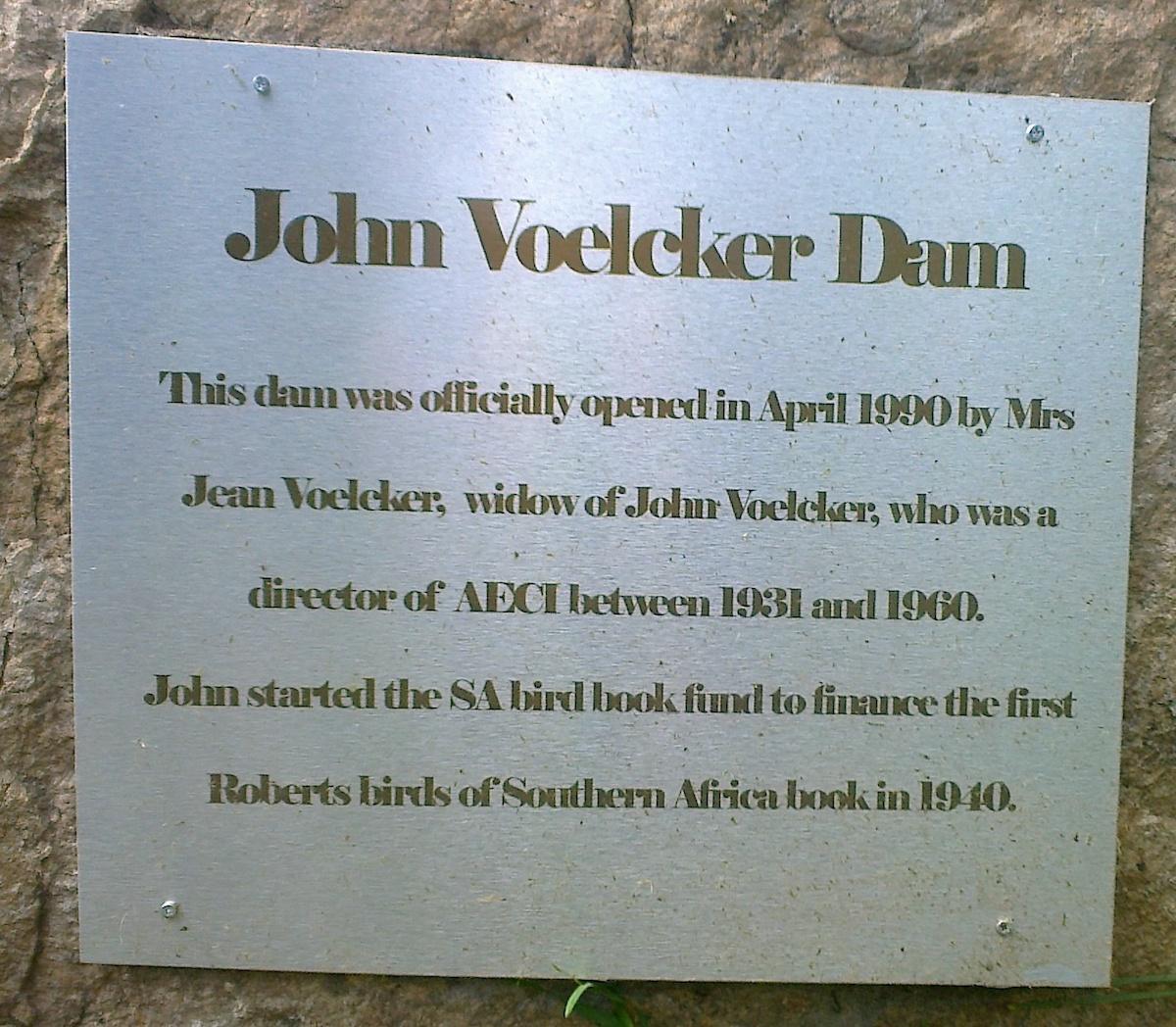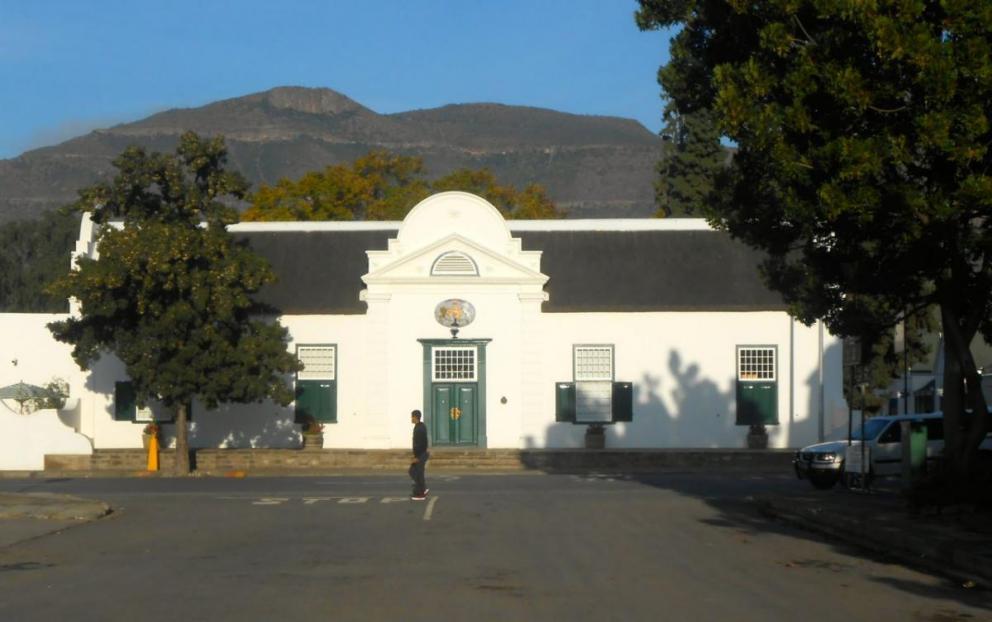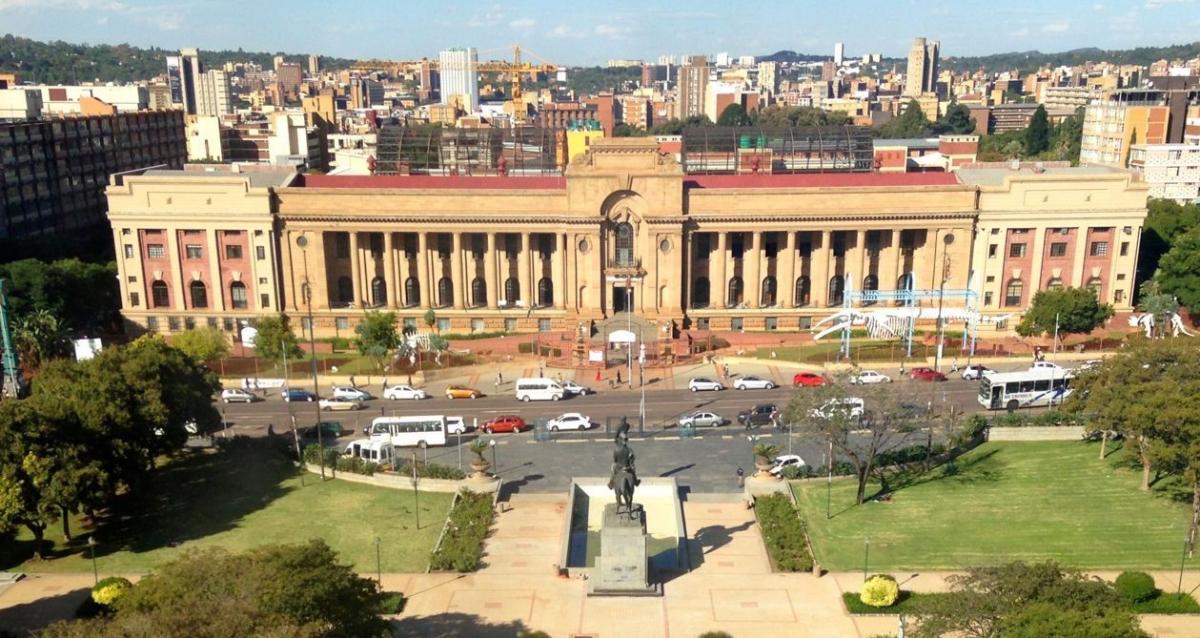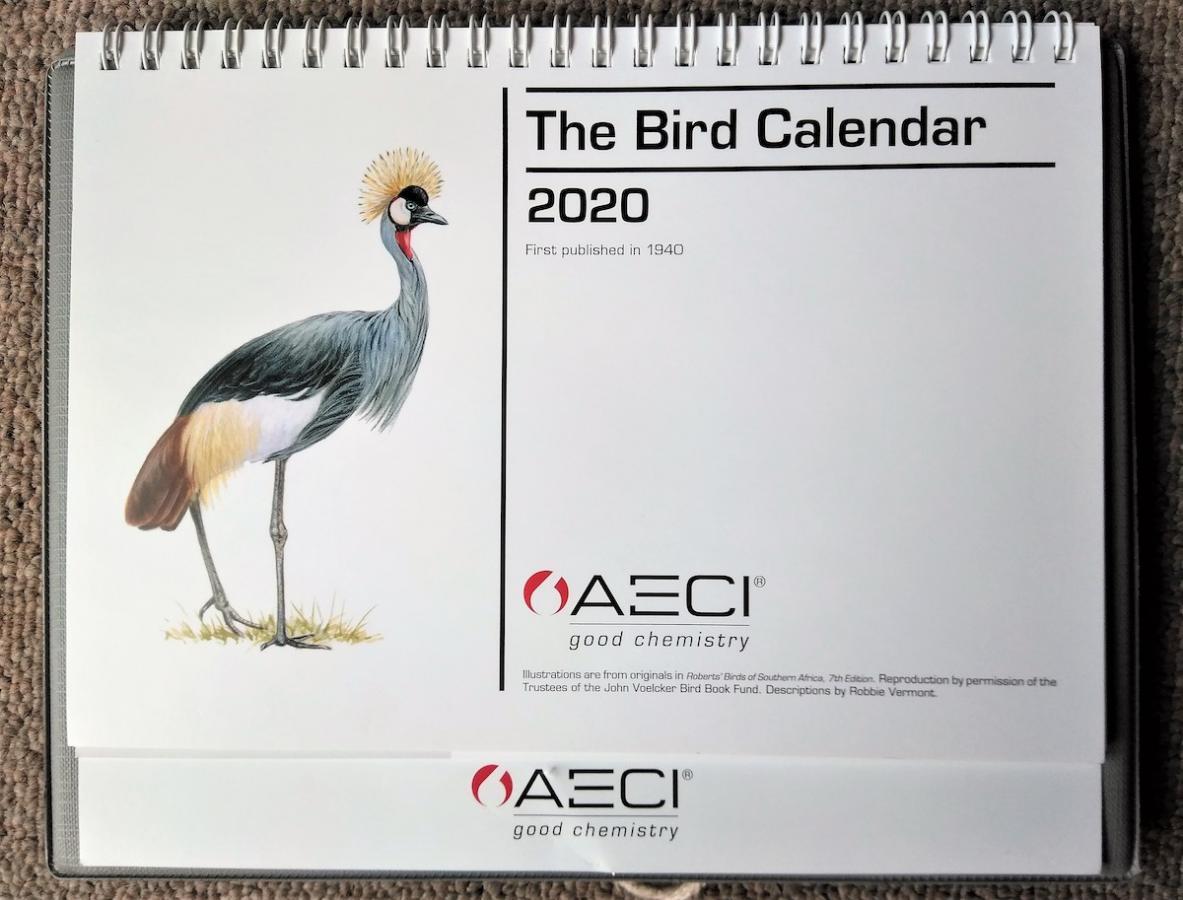
Disclaimer: Any views expressed by individuals and organisations are their own and do not in any way represent the views of The Heritage Portal. If you find any mistakes or historical inaccuracies, please contact the editor.
‘The Bird Calendar’ as it is affectionately known throughout our country and much further afield too may have become just another victim of modern technology.
The proliferation of smart phones, watches and other wonder toys that include time and date info, combined with financial considerations brought about by the effects of Covid-19 may have deprived a great many birders of their beloved desk calendar now that AECI Limited has made the decision to suspend production of its legendary Bird Calendar, at least for 2021.
Highly prized and long regarded as a desirable collector’s item, the calendar became synonymous with the AECI name during its 80-year lifetime. Due to reduced print runs in the 21st century it has become something of a rara avis among ornithologists and others who simply “like the birds”.
But how many enthusiasts know that ‘The Bird Calendar’ was first produced in tandem with Roberts’ Birds of South Africa (using the original illustrations by Norman C K Lighton) and first saw the light of day six months before the first edition of that august tome?
AECI’s involvement goes back to 1935 when one of the company’s directors, Mr John Voelcker, an avid naturalist, started the South African Bird Book Fund after having identified the need for a comprehensive handbook on the country’s avifauna. The startup of the fund was given a sound financial footing when Mr Voelcker leaned on friends, associates and colleagues in the mining industry to assist the project. Dr Austin Roberts of the Transvaal Museum undertook to compile the text for the publication to be financed through the Fund.
With more than 800 species of birds to be found in the sub-continent, the task of illustrating the book was a mammoth one.
The man who undertook to paint the original Roberts plates was Norman C K Lighton, an architect in the Government’s Department of Public Works. For a period of four years from 1935, Norman Lighton spent every Saturday at the Transvaal Museum, painting 56 plates featuring 1 032 birds from all over southern Africa.
As the text and plates approached completion, John Voelcker made arrangements for the book to be printed in London. But even before Lighton’s wonderfully detailed watercolours left South Africa, AECI was granted permission to use 12 of the birds to illustrate its first calendar in 1940.
A South African printer thus came to reproduce Lighton’s work six months before Roberts’ Birds of South Africa was printed in London.
New impressions of Roberts’ were printed every two years and in 1957 a revised second edition was printed. ‘The Bird Calendar’ grew along with the book, featuring Lighton’s work year after year. Since 1980, when the fourth edition of Roberts’ was published, the calendar has featured not only Lighton’s artistry but also that of Geoff Lockwood and Kenneth Newman, and, later, the artists of the 7th edition: I B Weiersbye, G Arnott, P R M Meakin, R J Cook, C S van Rooyen, A Barlow and A C V Clarkson.
John Voelcker, the man who founded the Bird Book Fund and all that flowed from it, died in 1967. In memory of his achievements and dedication to conservation, the Fund was re-named the John Voelcker Bird Book Fund. Although AECI lost its link with the fund on the death of John Voelcker, it retained an unchanged relationship with the trustees until the publication of its 2020 calendar.
In addition to Roberts’, John Voelcker, a devoted naturalist, was also responsible for The Grasses and Pastures of South Africa, a detailed study of southern African grasses & pasture management. In 1990, a specially constructed bird-breeding dam in the Modderfontein Reserve was officially opened by John Voelcker’s widow, Jean, and was named The John Voelcker Dam in his memory. Jean travelled to Modderfontein from her home in Umhlanga Rocks when well into her ninth decade, to unveil a commemorative plaque at the dam in March 1990.
John Voelcker Dam in evening light
Voelcker Dam plaque
Where are the original Norman C K Lighton plates now?
The Covid-19 lockdown in March liberated me to an extent and one of my activities was to peruse back issues of some magazines. While browsing the pages of the July/August 2015 issue of BirdLife South Africa’s African Birdlife magazine, I came upon an article, “Best on Show” by Terry Oatley. This article featured “the historic and unprecedented display of the original bird paintings that made The Birds of South Africa by Dr Austin Roberts the second best-selling book (after the Bible) in South Africa”.
The paintings were beautifully framed and displayed in the luxury Drostdy boutique hotel in Graaff- Reinet after it was re-opened in November 2014 following extensive renovation and refurbishment.
Drostdy Hotel (The Heritage Portal)
“It is in the newly built restaurant of the Drostdy Hotel that Norman Lighton’s original paintings for The Birds of South Africa have found a home and will be displayed for the next five years,” wrote Mr Oatley.
Well, it’s five years on and it would be nice to know that the plates have been – or will soon be – returned to the protective custody of The DITSONG: National Museum of Natural History, formerly known as the Transvaal Museum, which is where I believe they had been stored following their declaration as ‘Africana’ back in 1968.
The Museum from above (The Heritage Portal)
While Mr Oatley’s well-researched and written article produced many interesting facts about the Drostdy, about Norman Lighton’s magnificent work and the production of the first issue of Roberts, it neglected to record that the entire project had been initiated by John Voelcker, or to acknowledge that the AECI Bird Calendar appeared even before The Birds of South Africa was published in 1940.
The mystery of the missing masterpieces
At first glance the 50th anniversary of AECI’s Bird Calendar back in 1989 may not have seemed an event of much significance. However, it was a milestone in AECI’s history and served to underline 50 years of the Group’s environmental consciousness while also making a statement on future environment commitments.
The Golden Anniversary Bird Calendar edition was launched in The Old Barn in the Modderfontein Nature Reserve.
At the launch, the then Managing Director of AECI, Mike Sander said, “AECI is very proud of its traditions. Our roots go back nearly 100 years. Through the Bird Calendar we have taken a visible stance on the issue of protection of the environment ... For the Group the birds in our calendar are a symbol of our appreciation of and commitment to a clean, safe and healthy environment.”
One of the projects undertaken to celebrate 50 years of bird calendars was the commissioning of 12 commemorative bird paintings. These were water colour illustrations by the late Ken Newman and Delta Environmental Centre’s Geoff Lockwood.*
Geoff Lockwood’s Barn Owl
Ken Newman’s Honeyguides
The ‘Golden Anniversary Collection’ featured seven of the more unusual birds found on AECI properties, and five endangered species. A limited number of prints – beautifully presented in commemorative portfolios, numbered and signed by the artists – were produced. AECI donated the original paintings to the Modderfontein Conservation Society. They were framed and hung in the Old Barn for guests to admire at the 50th anniversary celebration function.
Commemorative portfolio
Soon after the event, the paintings were removed from the barn as it was believed that there was a security risk due to restoration work being undertaken there. Modderfontein factory management was tasked to store the paintings until the Barn had been properly secured at which time the paintings would be returned.
The paintings were never returned and enquiries over the years regarding their whereabouts have been unsuccessful. If you have any knowledge of these paintings, or their location, please be kind enough to contact Robbie Vermont at 082 800 3704 or robbiev@netactive.co.za.
* Kenneth Newman illustrated: Blue Swallow, Greater Honeyguide, Hartlaub’s Gull, Black Korhaan, Longcrested Eagle (which, incidentally was not mentioned as being seen at Modderfontein) and Roseate Tern. Geoff Lockwood’s contribution was Orangebreasted Sunbird, Barn Owl, Wattled Crane, Giant Kingfisher, Blackrumped Buttonquail and Egyptian Vulture.
About the author:
Robbie Vermont is a freelance writer who has been in the communications business in one way or another since leaving school … years ago. After gaining experience in a number of positions with a range of companies, from jobbing printers to international corporations, Robbie settled down with AECI Limited in the company’s then publicity department based in Fox Street in downtown Johannesburg. One of the first things he did was a tour of the company’s Modderfontein factory and village. This was in 1968 and the experience left a lasting impression on him. It resulted in an enduring love of the area and in his eventual move there about 20 years ago.
Comments will load below. If for any reason none appear click here for some troubleshooting tips. If you would like to post a comment and need instructions click here.

